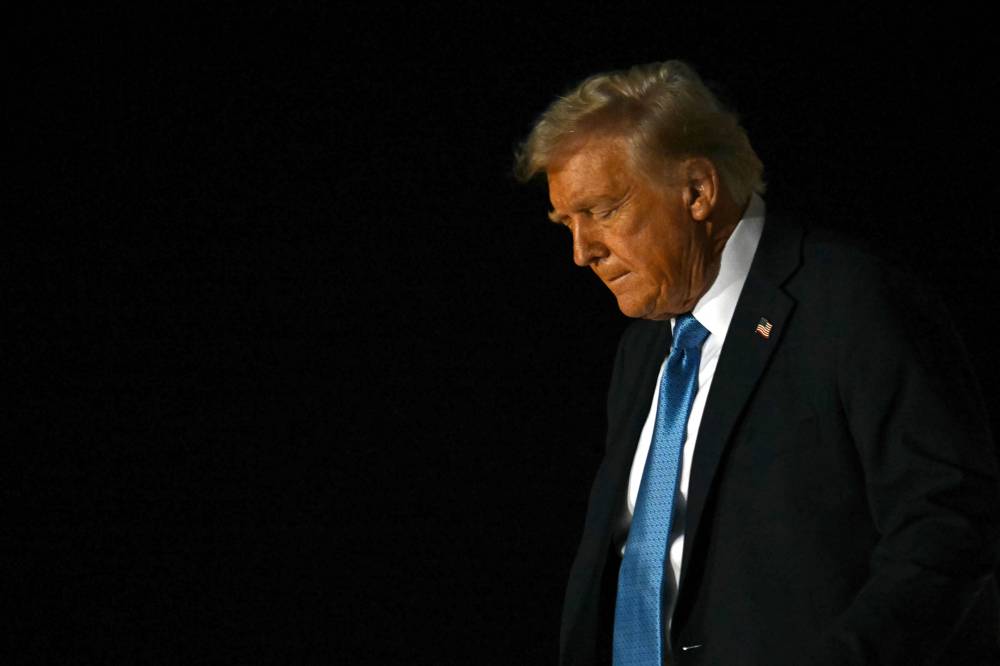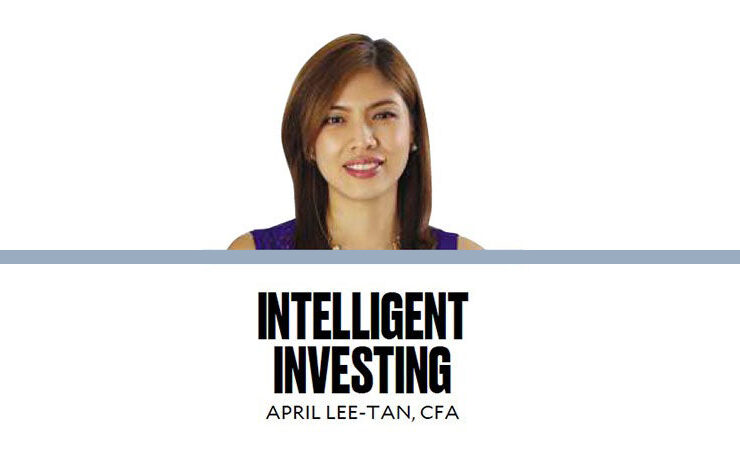What’s in store for investors this year? Here’s a skeptic’s guide to 2025

Our view of financial markets in 2025 is an optimistic one. Despite the multitude of events ahead of us, we expect the US economy to avoid a sharp growth downturn. This, in turn, is likely to result in solid gains for global equities and high-yield bonds, even if the path is not as smooth as that of 2024.
As with the start of each year, though, there is never a shortage of things to worry about. While these worries should not derail the core of a portfolio, building sensible investment portfolios means also incorporating strategies to address the range of possible things that could go wrong. Specifically, we’d focus on three potential risks to our view—how Trump implements his policy agenda, how Chinese policymakers choose to respond to US tariffs and domestic growth challenges and what path inflation will take through the year.
How to think about foundation portfolios
We are of the view that the US economy is likely to achieve a soft landing, with a significant chance that growth ends up being stronger than expected. This, in turn, creates a very positive backdrop for the corporate earnings outlook. This is why we see a strong case to be overweight in global equities over bonds and cash, with a relative preference for the United States within equities. United States, Euro area and Asian high-yield bonds should also benefit from this backdrop, offering an opportunity to generate income from our outlook.
The Trump policy sequencing risk
The first potential challenge to our outlook stems from Trump’s policy priorities. His policy proposals thus far offer a mixed bag of positives and negatives. His tax and spending policies support a positive earnings outlook for businesses, but his tariff proposals likely pose a challenge. In our view, the speed and sequencing of policy implementation are likely to be key to whether risk assets are able to continue rising or face a period of volatility.
A benign view would argue his administration focuses on growth-supportive and deficit-cutting measures first while introducing more growth-negative but popular measures such as tariff and immigration in phases. However, a ‘maximum pressure’ approach means markets may start to worry about whether tariffs end up disproportionately imposing a growth penalty, or whether immigration curbs reignite inflationary pressure.
We believe investors can mitigate these concerns via two approaches. First is via an overweight in gold—while the main driver of our positive view on the precious metal is central bank demand, gold can help mitigate short-lived equity volatility. Second is via a greater focus on domestic sectors (eg. small caps in the United States), which should ideally be less directly impacted by tariffs.
China’s policy response risk
The headwinds to stronger economic growth in China are now well-known, with US tariffs a looming additional headwind. Policy support has already been forthcoming from the monetary authorities, via lower interest rates and several other targeted policies. However, markets have been clamoring for direct government support to stimulate consumer spending. How strongly Chinese policymakers respond to any threats of US trade tariffs is likely to be another key focus for markets.
We believe investors can mitigate the risk via several approaches. First is to take a more focused approach to Chinese equities markets via sectors, which are likely to be less directly impacted by trade measures e.g., our preference for the high-dividend paying state-owned enterprise sector. Second is to tilt toward asset classes that are more likely to benefit from any further stimulus (onshore over offshore equities) or from stability rather than strong growth (high yield credit over equities). Third is to diversify across other opportunities within Asia or Emerging Markets—Indian equities, for instance, offer greater growth visibility albeit at higher valuations.
The inflation risk
Perhaps the biggest risk from stronger-than-expected economic growth is a rebound in inflation, because of the strong growth itself. Under such a scenario, inflation expectations could reignite, limiting room for the Fed and other major central banks to cut rates. At an extreme, the resulting rise in bond yields could trigger a pullback in equity markets.
A mix of strategies that typically perform well across a wider spectrum of inflation outcomes is likely one solution here. For moderately high inflation, equities themselves can offer reasonable protection, given corporate earnings benefit from higher pricing power. The worst-case scenario of a return to very high inflation readings, though, would pose the risk of equities and bonds falling at the same time.
The lesson from 2022 is that a mix of real assets (eg. gold and other major commodities) and alternative strategies (both liquid and private assets) can help provide the portfolio diversification investors seek when bonds are no longer able to do so. We would seek to include both in a well-diversified portfolio as a mitigant against this kind of scenario.
Balancing these risks with a healthy dose of optimism
There is a temptation to think about investment outcomes in a binary sense—for example, an optimistic scenario like our own base case, which translates into a large equities position, or a risk scenario driving one to the perceived safety of cash. However, we believe there are routes to achieve better investment outcomes.
In 2025, our base case remains one of optimism, where extended US economic growth helps sustain gains in equities for the third straight year. There are three specific risks we would monitor closely as we progress through the year. Investors can prepare for these risks by building in diversified assets that help mitigate the impact of these risk scenarios. This diversified approach, we believe, is a better way to deal with the risks posed by a skeptical view of 2025, ensuring one gets and stays invested, rather than retreating to safe havens.
Manpreet Gill is chief investment officer for Africa, Middle East and Europe at Standard Chartered Bank’s Wealth Solutions unit




















